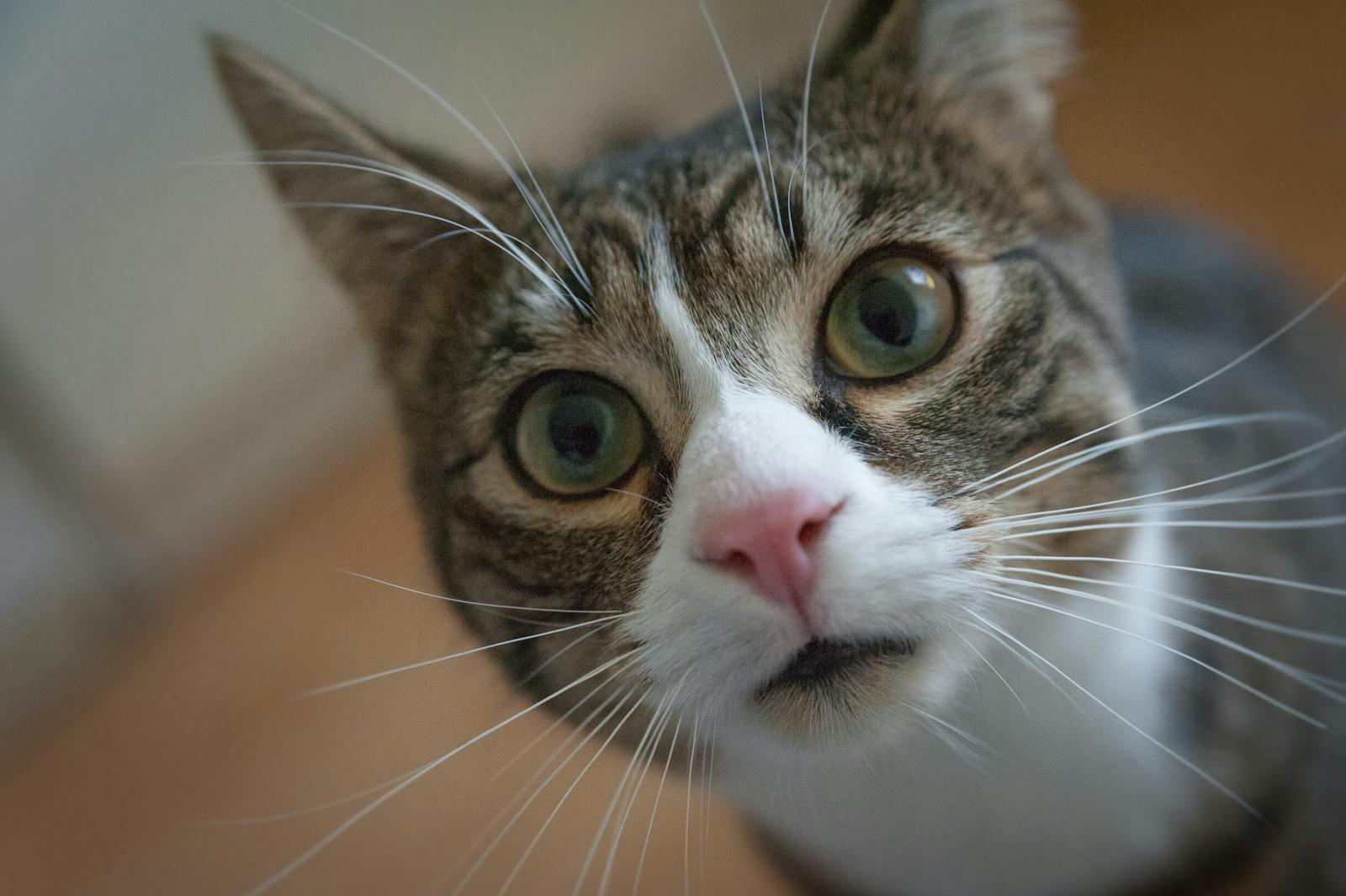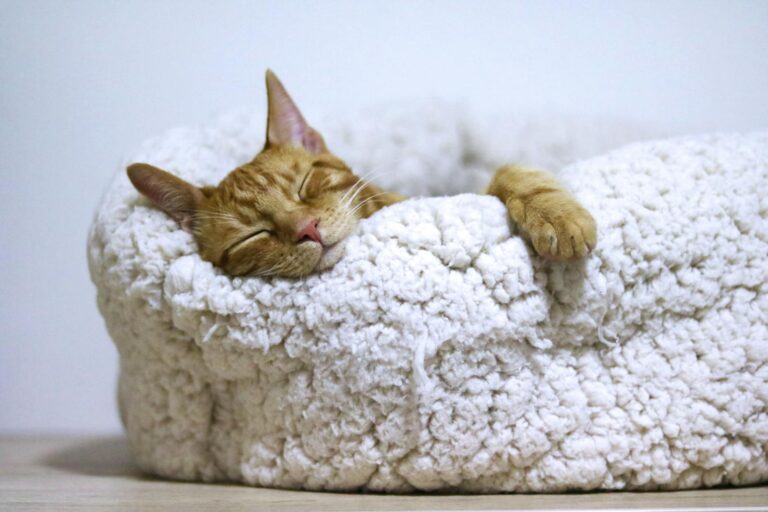How to Stop a Cat from Scratching Furniture – Effective Strategies for Cat Owners
If you are looking for ways how to stop a cat from scratching furniture, you’re not alone. Many cat owners face the challenge of keeping their beloved feline friends from tearing up their couches, chairs, and other household items. This article will provide you with comprehensive insights and practical solutions to help redirect your cat’s natural behavior in a way that preserves your furniture while ensuring your pet remains happy.
Understanding Why Cats Scratch Furniture
Before addressing how to stop a cat from scratching furniture, it’s vital to understand why cats engage in this behavior. Scratching is a natural and instinctual activity for felines that serves multiple purposes beyond mere mischief.
The Natural Instinct to Scratch
Cats have an innate need to scratch for various reasons:
- Marking Territory:
- Scratching leaves visual marks on surfaces, signaling their presence to other cats.
- Cats also have scent glands in their paws, so scratching allows them to leave behind their unique scent, marking their territory.
- Maintaining Claw Health:
- Regular scratching helps cats shed the outer layer of their claws.
- It keeps their claws sharp and healthy, as well as strengthens the muscles in their paws.
- Stretching and Exercise:
- Scratching provides mental stimulation and physical exercise.
- The action stretches their body, particularly their back and leg muscles.
- Stress Relief:
- Just like humans might fidget or take a stress-relief break, cats may scratch to alleviate anxiety or boredom.
- Scratching can be a way for them to express excitement or frustration.
Understanding these motivations gives owners a clearer perspective on why their furniture becomes a target, enabling more effective management strategies.
Common Targets for Scratching
While it varies by individual cats, some common targets for scratching include:
- Sofas and upholstered chairs
- Wooden furniture, such as tables and dressers
- Carpets and rugs
It’s crucial to recognize which pieces of furniture your cat prefers so you can tailor your approach accordingly.
Recognizing Your Cat’s Behavior Patterns
Observing your cat’s scratching behavior can help identify patterns and preferences.
- When Do They Scratch?
- Is it after they wake up, during playtime, or when they seem bored?
- Noticing these cues can help you anticipate their needs.
- Where Do They Scratch Most?
- Is there a specific piece of furniture they prefer over others?
- By understanding their habits, you can focus your prevention efforts more effectively.
By grasping these underlying reasons and patterns, you can develop a plan to prevent unwanted scratching behavior, ultimately leading to a more harmonious living space.
Providing Alternative Scratching Posts
One of the most effective strategies in learning how to stop a cat from scratching furniture is providing alternative scratching options. Cats need appropriate outlets for their scratching instincts, and introducing suitable alternatives can redirect their behavior efficiently.
Choosing the Right Scratching Post
When selecting a scratching post, consider the following factors:
- Height and Stability:
- Cats often prefer tall and sturdy posts that allow them to stretch fully.
- Ensure that the post does not topple over when they use it, as stability encourages continued use.
- Material Matters:
- Different cats have different preferences for scratching textures.
- Sisal rope, cardboard, and carpet are popular materials. Experiment with a few types to see which your cat prefers.
- Variety:
- Consider offering multiple scratching options, such as vertical posts, horizontal boards, and even incline surfaces.
- Variety helps keep your cat engaged and interested.
Placement of Scratching Posts
Placement is key when introducing a new scratching post:
- Location, Location, Location:
- Position the post near where your cat typically scratches or spends time.
- If they favor a particular chair or corner, place the scratching post close by to entice them toward it.
- Visibility:
- Ensure the scratching post is easily visible and accessible to your cat.
- If they feel it’s out of reach or hidden away, they’re less likely to use it.
Encouraging Use of Scratching Posts
Once you’ve provided scratching posts, it’s essential to encourage their use through positive reinforcement:
- Play and Interaction:
- Use toys and playtime to draw your cat’s attention to the scratching post.
- Engage them in interactive play sessions near the post, reinforcing its value as a fun area.
- Catnip and Treats:
- Sprinkling catnip on the post can attract your cat and encourage exploration.
- You can also reward them with treats when they use the scratching post, creating a positive association.
By actively providing alternatives and encouraging their use, you can significantly reduce the likelihood of your cat scratching furniture and create a happier environment for both of you.
Training Your Cat with Positive Reinforcement
Training your cat effectively requires patience and consistency, especially when it comes to stopping unwanted behaviors like scratching furniture. Utilizing positive reinforcement techniques can transform your interaction with your feline friend into a rewarding experience.
Setting Up a Training Schedule
Establishing a routine can play a significant role in training your cat:
- Frequent Sessions:
- Short and frequent training sessions (5-10 minutes) work best.
- Train your cat at times when they are naturally energetic and playful, making them more receptive to learning.
- Consistency is Key:
- Use the same commands and cues consistently so your cat can understand what you’re asking of them.
- Consistent rewards help solidify desired behaviors.
Using Clicker Training
Clicker training is a helpful method that reinforces good behavior:
- The Basics of Clicker Training:
- Purchase a simple clicker tool.
- Each time your cat uses the scratching post instead of your furniture, click the device and follow up with a treat.
- Building the Connection:
- Over time, your cat will associate the sound of the clicker with positive outcomes, encouraging them to replicate the behavior.
Redirecting Behavior
When you catch your cat scratching furniture, don’t resort to scolding or punishment; instead, redirect their attention:
- Gentle Interventions:
- Calmly interrupt the behavior by gently picking them up and placing them near the scratching post.
- Praise them when they scratch the appropriate surface, reinforcing positive behavior.
- Creating Opportunities:
- Set your cat up for success by strategically placing treats or toys around scratching posts, encouraging exploration and use.
Positive reinforcement not only aids in discouraging unwanted scratching but also enhances the bond between you and your feline companion.
Using Deterrents to Discourage Scratching
While providing alternatives and positive reinforcement is the cornerstone of breaking unwanted behaviors, there are also specific deterrents you can employ. These methods can discourage your cat from scratching furniture without causing harm or distress.
Physical Deterrents
Implementing physical barriers can be effective:
- Furniture Covers:
- Utilize slipcovers or protective fabrics to safeguard your furniture from claw marks.
- Products such as double-sided tape can deter scratching, as cats dislike the sticky texture.
- Pet-Safe Sprays:
- There are sprays specifically designed to repel cats from furniture.
- These sprays contain scents that are unpleasant to felines but safe for humans.
Sound Deterrents
Sound-based deterrents can disrupt your cat’s behavior effectively:
- Noise Makers:
- Some owners find success using motion-activated devices that emit sounds when a cat approaches the furniture.
- The noise surprises the cat and can deter them from scratching in that area.
- Alarms:
- Mild alarms that activate when the cat jumps onto the furniture can also serve as a deterrent.
- Always ensure that the sounds do not cause undue stress to your pet.
Behavioral Deterrents
Addressing the behavioral aspect can also be beneficial:
- Avoid Reinforcing Bad Behavior:
- Be mindful not to inadvertently reinforce bad behavior by giving your cat attention when they scratch your furniture.
- Instead, redirect your focus to the scratching post or the correct surface.
- Utilizing Negative Associations:
- If your cat tends to scratch certain areas, apply bitter-tasting deterrent wipes or sprays to those spots.
- This creates a negative association with scratching the furniture while promoting the use of approved alternatives.
Using deterrents requires a delicate balance; they should never be punitive or harmful but rather serve as gentle reminders for your cat to choose better options. Combining these strategies with a comprehensive approach will make a difference in managing your cat’s behavior.
Maintaining a Cat-Friendly Environment
A cat-friendly environment plays a pivotal role in reducing unwanted scratching behavior. By creating spaces that cater to your cat’s needs, you foster a sense of security and contentment, diminishing the urge to scratch your furniture.
Creating Engaging Spaces
Designing engaging spaces for your cat can enrich their experience:
- Vertical Spaces:
- Provide cat trees or shelves that allow your cat to climb and explore. Cats love vertical spaces as they offer a vantage point to observe their surroundings.
- Interactive Toys:
- Invest in toys that stimulate your cat mentally and physically. Puzzle toys and feather wands encourage play and distraction from scratching furniture.
A Stress-Free Environment
Reducing overall stress in your cat’s environment can lessen destructive behaviors:
- Calming Areas:
- Create quiet zones with soft bedding where your cat can retreat when feeling anxious.
- Consider using pheromone diffusers to promote relaxation and comfort.
- Consistent Routine:
- Cats thrive on routine; provide consistent feeding, playtime, and grooming schedules to ensure they feel secure.
Regular Playtime and Interaction
Engagement through regular interaction is essential:
- Daily Play Sessions:
- Dedicate time each day to play with your cat, using toys that encourage active participation.
- This not only strengthens your bond but also alleviates any pent-up energy that could lead to undesirable scratching.
By focusing on maintaining a cat-friendly environment, you create a sanctuary for your feline friend that meets their emotional and physical needs, reducing the likelihood of unwanted behaviors such as scratching furniture.
Addressing Underlying Medical Issues
Sometimes, excessive scratching can stem from underlying medical issues that require attention. Being aware of potential health concerns ensures that your cat lives comfortably and happily.
Skin Conditions
Skin problems can lead to scratching behaviors:
- Allergies:
- Cats may have allergies to food, environmental factors, or flea bites that lead to discomfort and increased scratching.
- Consult your veterinarian if you notice signs of irritation, inflammation, or excessive grooming.
- Dermatitis:
- Conditions like dermatitis can cause itchiness and irritation, prompting cats to scratch excessively.
- Proper diagnosis and treatment from a vet can relieve symptoms and resolve the underlying issue.
Behavioral Disorders
Some cats may develop behavioral issues requiring intervention:
- Anxiety or Stress:
- Cats can exhibit stress-related behaviors, including scratching, due to changes in their environment or routine.
- Identifying triggers and creating a stable environment can help alleviate anxiety.
- Compulsive Behaviors:
- In rare cases, compulsive scratching can occur, necessitating consultation with a veterinary behaviorist for guidance.
- Early intervention is crucial in managing behavioral disorders.
Regular Veterinary Care
Routine check-ups with your veterinarian can help maintain your cat’s health:
- Preventive Care:
- Regular visits allow your vet to monitor your cat’s health and identify any emerging issues early.
- Vaccinations and parasite control are essential for overall well-being.
- Behavioral Advice:
- Vets can provide valuable insights into managing scratching and other behaviors, recommending tailored interventions for your feline companion.
By addressing potential medical issues promptly, you can eliminate discomfort that contributes to scratching and enhance your cat’s quality of life.
Conclusion
Learning how to stop a cat from scratching furniture involves a multifaceted approach. It starts with understanding the natural inclinations of your feline companion and recognizing their need for appropriate scratching outlets. By providing suitable scratching posts, employing positive reinforcement, utilizing deterrents, and maintaining a cat-friendly environment, you can manage your cat’s behavior effectively. Additionally, addressing any underlying medical issues ensures your cat’s comfort and happiness. With patience and commitment, you can create a serene home where both you and your cat thrive.







